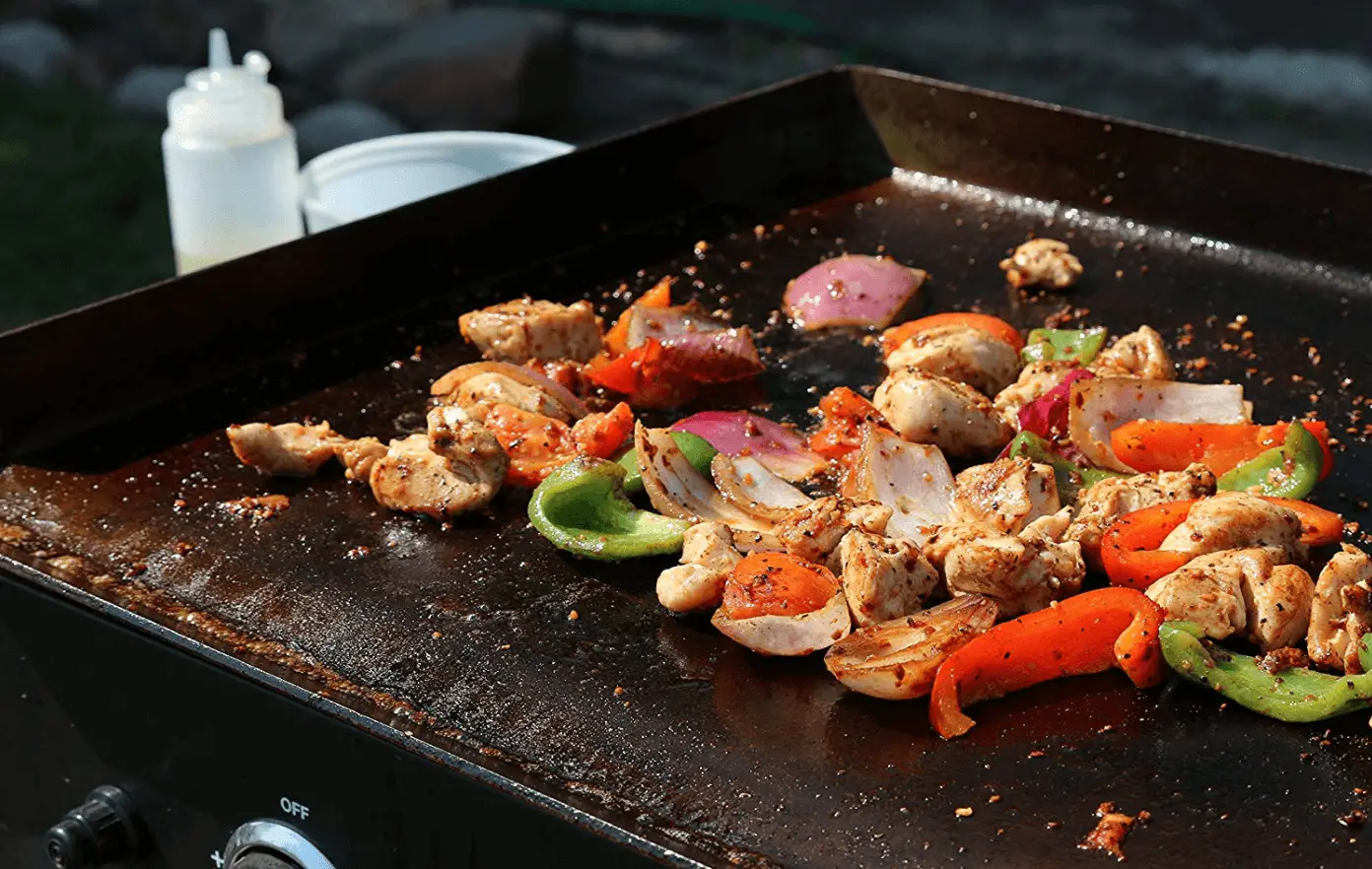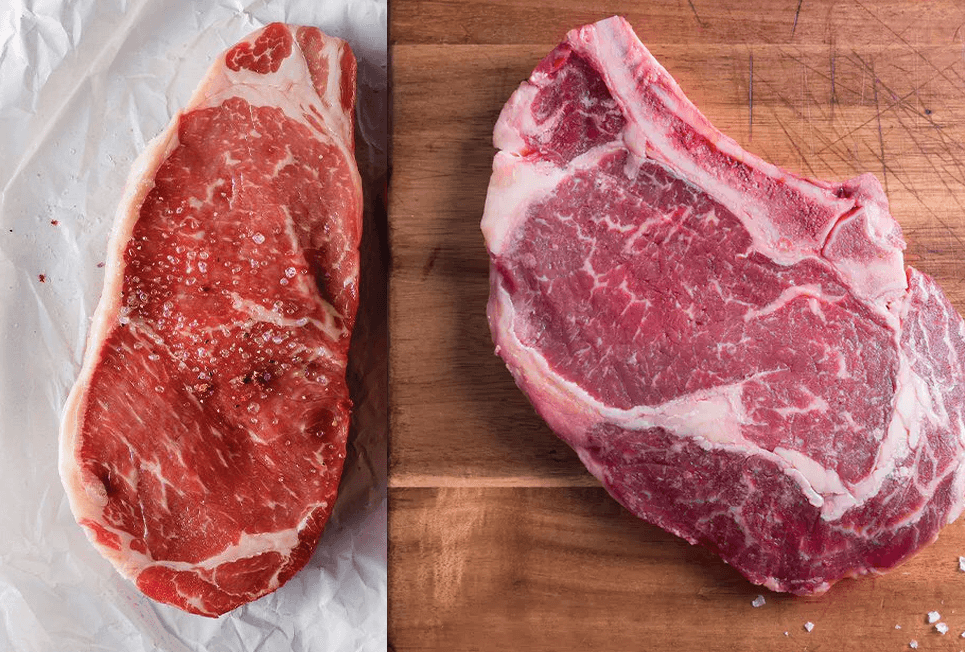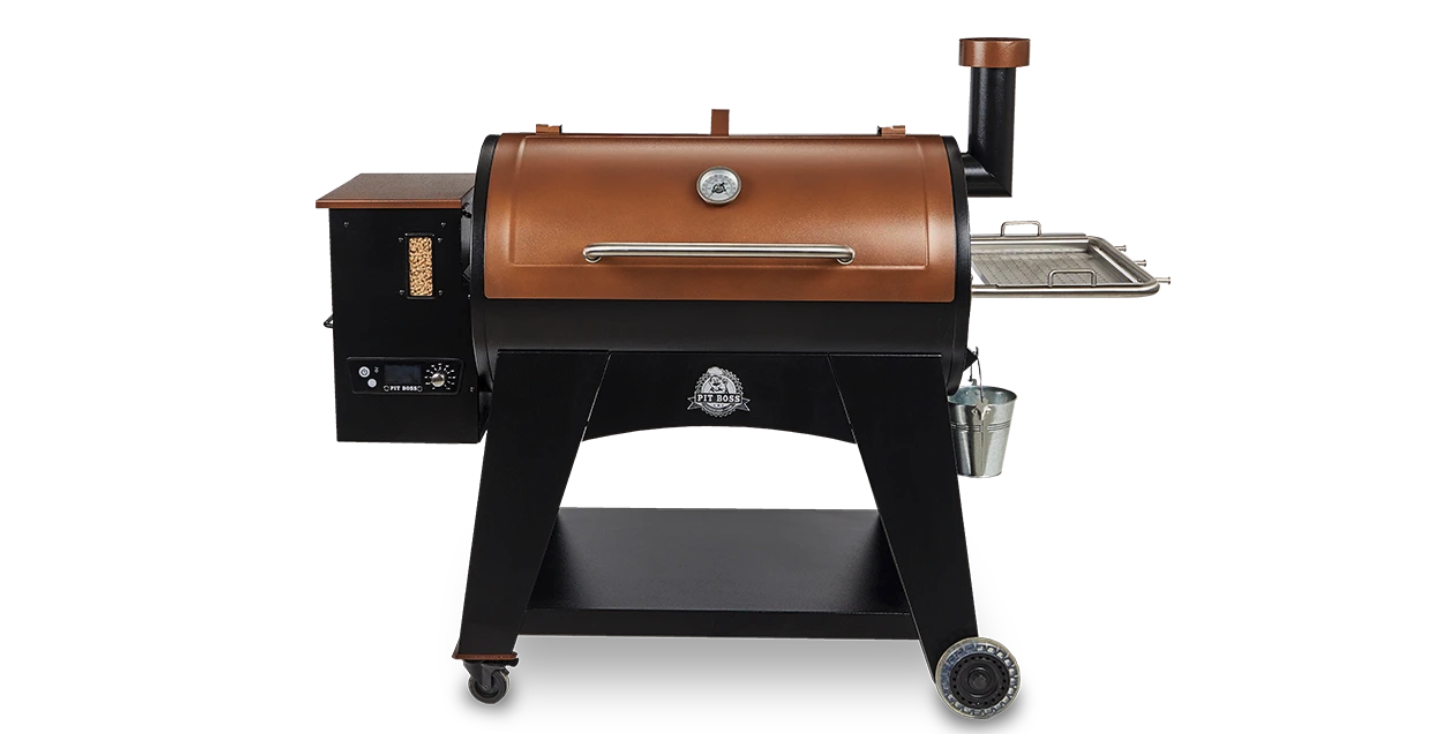When it comes to getting the best results out of your smoker, the type of wood you choose can have a huge impact on your flavor. Smoked pulled pork is no different. Choose a wood with too strong of a smoke, and your results will be far too bitter. Pick the right wood though, and your pulled pork will be the stuff of legend amongst your family and friends.
In this article, we’ve compiled our top choices for the best wood for pulled pork. We’ve hand selected a handful of wood types that work particularly well with pork and are sure to enhance your BBQ. We’ll also go over which type of wood to avoid using with pork at the end.
Best Wood for Pulled Pork – Top Choices
Choosing the right smoke is equally as important as picking the right cut of meat! Your pork will be on the smoker for a long time while it cooks, and the type of wood you choose to flavor your meat on a smoker grill can make all of the difference. Here are our top choices for the best wood for pulled pork.
Cherry
Cherry is a versatile, all around great wood and has a mild, sweet fruity flavor. It’s actually a great match with many different meats you can smoke, but it works particularly well with pork.
Since the flavor of pork isn’t overpowering and strong like beef can be, cherry wood compliments it perfectly with just the right intensity of smoke flavoring. Because of the lightly sweet flavor profile, cherry wood is also a great choice for pulled pork if you plan to serve it alongside some BBQ sauce.
However, something to keep in mind is that Cherry wood will take a little bit of time to truly infuse smokey flavor into your pulled pork. So it’s a great wood for longer, low, and slow cooking methods – but if you need to speed up your cook and work at a higher temperature, a stronger wood flavor might be best.
Cherry is also a widely available type of wood – so you shouldn’t have any problem regularly getting ahold of some for your cooks.
Apple
In many regards, apple wood is similar to cherry – especially in terms of being the best wood for pulled pork. Applewood also has a subtly sweet and fruity flavor and is generally a great type of wood to have on hand because it pairs well with many other types of food (like chicken and seafood to name a few).
It’s also similar to cherry in that it will take a little bit of time to get that deep smokey flavoring, so it’s better suited for longer cook times. The sweetness of the apple also makes it a great pairing choice if you plan to serve your pulled pork with BBQ sauce.
Even though apple wood shares a lot of characteristics with cherry wood, the flavor profile itself is definitely different. Each is worth trying on its own and can impart a delicious flavor to your pulled pork feast!
Hickory
If you’re the type who prefers a slightly stronger smoke flavor in your BBQ, then hickory wood is a great choice for you. It’s one of the most popular all-around woods for smoking any time pork or beef is on the menu.
Hickory creates a stronger, yet sweet, almost bacon like flavor to any smoked meat. Since it’s a stronger type of wood smoke to work with, you should be careful to use your wood chunks in moderation, especially if you’re smoking your pork shoulder for a long amount of time.
Hickory is also an ideal flavor choice if you’ve chosen to condense your cooking time and maybe smoke at a higher temperature for less time. Since the smoke flavor is a little stronger, it needs less time to seep into the pork and enhance the flavor of your food.
Pecan
If you’re somewhere in the middle of the spectrum when it comes to smoke intensity preference, pecan wood is a great choice and one of the best woods for smoking pulled pork. Pecan’s smoke flavor is stronger than fruitwoods like apple and cherry, but less pungent than hickory.
It’s flavor profile is rich, complex, and a little bit nutty – all of which pairs really nicely with any type of pork, be it pulled pork, ribs, or tenderloin.
Maple
Maplewood is an interesting choice for pulled pork. Most often maple is used for chicken, small game birds, lighter foods like vegetables, and even for cold smoking cheese.
Maple is also a nice choice for pork, although I would definitely say it’s a little less common than some of the other choices on this best wood for pulled pork list.
That has to do partly with the fact that maple wood can be a little harder to get ahold of and isn’t as widely available as some other types of wood. The other reason is that maple’s flavor is very subtle and lightly sweet – so it’s a great choice if that is your preference for a smokey flavor. But for those of you who prefer a more pronounced smoke flavor, it might not be your favorite choice.
Alder
Alder is another wood type with a delicate, subtly sweet flavor. It’s commonly used for fish (salmon in particular is a great pairing with Alder), but it also makes a fantastic pair with pork.
The smoke flavor of Alder is deeper and more intense than the fruitwoods, so you should be careful to not over-do it with your smoke levels. But if you get it right, you’ll be rewarded with delicious pulled pork BBQ.
Oak
Oak is yet another solid choice to pair with pork. It has a medium to high level of smoke flavor intensity. For reference, expect the smoke of oak to be more intense than cherry or apple but less intense than mesquite.
Oak works great with every meat, and pork is no different. The one thing about oak is that it doesn’t really provide sweetness in the smoke flavor. Because of this, it’s a great candidate to blend with a sweeter wood like apple, cherry, or maple.
Other Things To Keep In Mind
Stay Away From Mesquite
We don’t have anything against Mesquite. It’s a great wood type in many situations, but it frankly just doesn’t pair well with pork.
The reason for this is that mesquite has a very intense smoke flavor. It burns hot and fast and will completely overpower a pork shoulder, leaving your pulled pork bitter and potentially dried out.
Generally speaking, mesquite is a better choice for high temperature grilling where food is exposed to smoke for a short period of time. It’s also ideal for meat with a very strong flavor.
For low and slow smoking, especially pork cuts, it’s generally a good idea to stay away from mesquite.
Don’t Be Afraid to Blend
Half of the fun of smoking is discovering that perfect recipe and technique to deliver tender and tasty results. While you can definitely make delicious pulled pork using only one type of wood, blending is a great route to try. If you like two different types of complementary wood, don’t be afraid to blend them! Blending wood types is definitely allowed and encouraged – keep doing it until you find that perfect recipe.
Plan Ahead
Smoking isn’t rocket science, but it’s also not the type of thing you can just do willy-nilly and expect world class results. Plan your cook ahead of time, and put some thought into what you want your results to taste like. From there, the best wood for pulled pork might just present itself!
It’s also a good idea to plan ahead for how much pulled pork per person. Our two cents? Make a little bit more than you think you need to. This way you know all of your eaters will have full bellies, and pulled pork leftovers can make for some delicious recipes. When reheating pulled pork the right way, the leftovers are just as good as the original meal.
Also, make sure to get the right type of wood for your smoker. Generally speaking, wood chunks are best for offset smokers, lump charcoal is best for kamado grills, then either wood chips or wood pellets can work with many other smoker types.
Last but not least, check out our guide on how to pull pork! It might sound like a simple task, but there are a few tips and techniques you can use to make your pork pulling operation as efficient as possible.
Frequently Asked Questions
Is Hickory or Mesquite Better for Pork?
Both Hickory and Mesquite are excellent types of wood for smoking all kinds of meat. However, if we had to choose between the two, we would say that Hickory is the best choice of wood for pork.
The reason for this is that Mesquite can be quite a strong smoke. This may overpower pale meats such as poultry and pork. It has very bold flavors, and whilst these work well on red meat and beef ribs, it may be slightly too bold for the milder flavors of pork.
Hickory is the best choice because it is sweeter and allows for that distinct barbecue flavor that we all know and love. This is especially true of any meat that you plan to use for Southern-style cooking, such as Southern-style pulled pork or pork ribs.
That being said, you should also consider your personal preferences, and so if you prefer the taste of Mesquite smoked meat then you should use it.
Best Wood for Pulled Pork – Final Thoughts
I hope this guide to the best wood for pulled pork has helped to point you in the right direction! Making pulled pork is one of the classic smoker experiences and a personal favorite of ours. Choosing the right wood means you’re off to a great start with your recipe.
Which wood did you end up trying? Did you make a blend? How did it turn out? We’d love to hear from you in the comments section below.
Discover more from Own The Grill
Subscribe to get the latest posts sent to your email.








